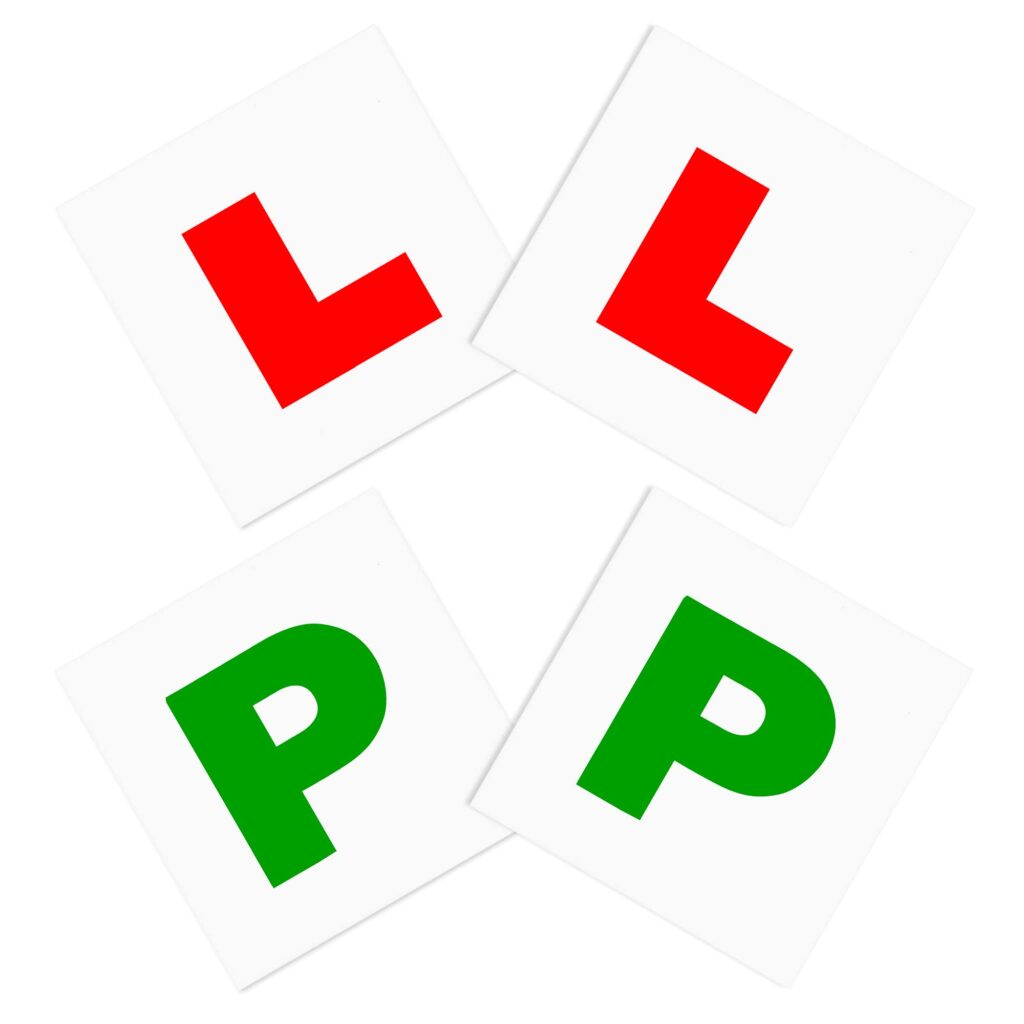
What are L Plates?
Definition of L Plates
L plates, short for learner plates, are a set of plates displayed on a vehicle to indicate that the driver is a learner driver.
These plates are a legal requirement in the UK for anyone who is learning to drive a car or motorcycle.
The L plates consist of a red letter ‘L’ on a white background, and they must be clearly visible from both the front and the back of the vehicle.
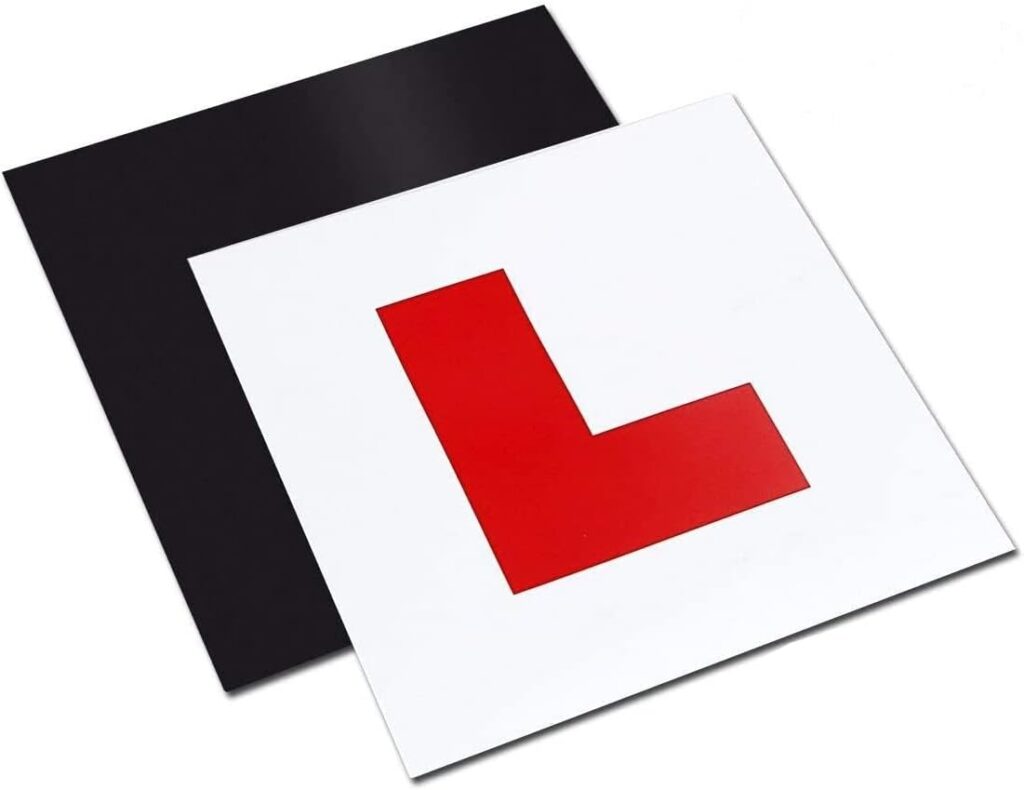
The primary purpose of L plates is to alert other road users that the person behind the wheel is not yet a fully qualified driver.
This awareness can encourage other drivers to be more patient and cautious around learner drivers, recognising that they may make mistakes or drive more slowly as they develop their skills.
L plates are not just a suggestion; they are mandated by law. Driving without L plates when required can result in fines and penalty points on the learner driver’s provisional licence.
Buy your x2 L plates today for £6.99 from Amazon
We may earn a commission should you choose to buy.
Additionally, it is worth noting that the L plates must be of a specific size and must be properly affixed to the vehicle to ensure they are easily seen.
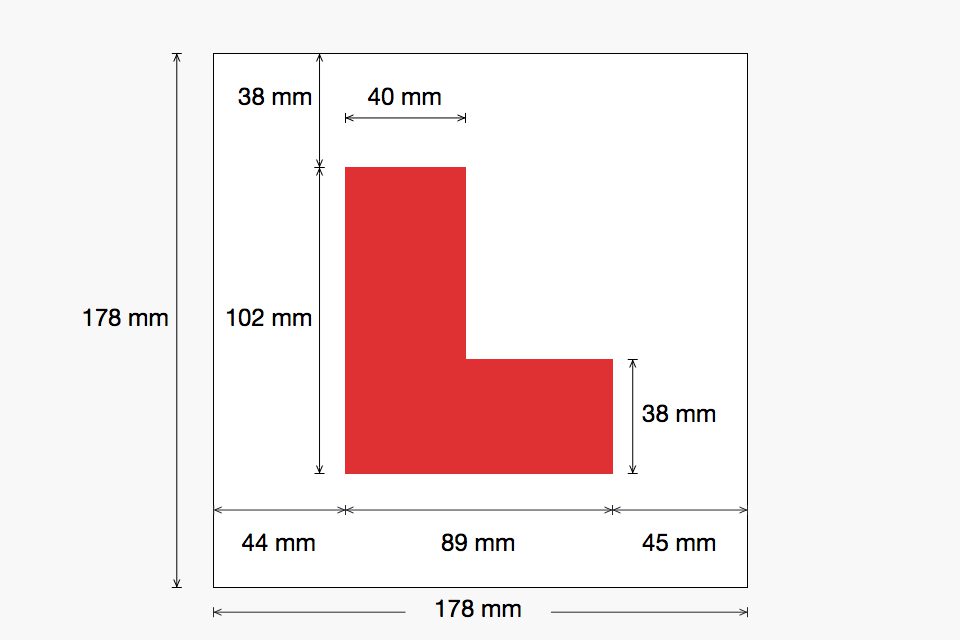
Image source: Open Government Licence v3.0
History of L Plates in the UK
The history of L plates in the UK dates back to the early 20th century. The Motor Car Act of 1903 was the first legislation in the UK to introduce driving licences.
At that time, driving was becoming increasingly popular, and the government recognised the need to ensure that drivers were competent and safe on the roads.
However, it wasn’t until the introduction of the Road Traffic Act 1930 that L plates became a formal requirement.
In the early days, the design of L plates was not standardised, and they could vary in size and appearance.
However, as the number of vehicles on the road increased, so did the need for a more consistent and recognisable system.
The current design of the red ‘L’ on a white background was introduced to create a uniform standard that all road users could easily recognise.
Over the years, the rules surrounding L plates have evolved. Originally, learner drivers were only allowed to drive under the supervision of a qualified driving instructor.
Today, learner drivers can also drive under the supervision of a friend or family member, provided they meet certain criteria.
However, the fundamental purpose of L plates remains the same: to indicate that the driver is still in the learning phase and may not yet have full control or confidence on the road.
Who Needs to Use L Plates?
In the UK, L plates must be used by anyone who is driving on a provisional licence. This includes learner drivers of cars, motorcycles, and mopeds. To drive with L plates, you must:
- Be at least 17 years old for a car or 16 for a moped or motorcycle.
- Hold a valid provisional driving licence.
- Be supervised by a qualified driver who is at least 21 years old, has held a full driving licence for at least three years, and is qualified to drive the type of vehicle you are using.

Image source: Open Government Licence v3.0
The supervising driver does not need to be a professional driving instructor, but they must meet the legal requirements.
You can practise driving with family or friends. Anyone you practise your driving with (without paying them) must:
- be over 21
- be qualified to drive the type of vehicle you want to learn in, for example they must have a manual car licence if they’re supervising you in a manual car
- have had their full driving licence for 3 years (from the UK, the EU, Switzerland, Norway, Iceland or Liechtenstein)
You can be fined up to £1,000 and get up to 6 penalty points on your provisional licence if you drive without the right supervision.
It’s illegal for:
- your friend or family member to use a mobile phone while supervising you
- you to drive on the motorway when practising with family or friends
If you are using L plates on a motorcycle, you do not need a supervisor but must still adhere to all other rules regarding L plates.
L plates must be displayed at all times when the learner driver is behind the wheel. This applies whether the vehicle is moving or stationary, and the plates must be clearly visible to other road users.
Failure to comply with these regulations can result in penalties, including fines and points on your provisional licence.
What are P Plates?
Definition of P Plates
P plates, short for probationary plates, are optional plates that newly qualified drivers can display on their vehicles to indicate that they have recently passed their driving test.
The P plates consist of a green letter ‘P’ on a white background. Unlike L plates, which are mandatory for all learner drivers, the use of P plates is entirely voluntary.
The purpose of P plates is to signal to other road users that the driver has recently passed their test and may still be gaining confidence and experience on the road.
Displaying P plates can help reduce the pressure on new drivers, as other road users are more likely to show understanding and patience.
New drivers can display P plates for as long as they feel necessary. There is no legal time limit for how long P plates can be used, and it is up to the individual driver to decide when they feel confident enough to remove them.
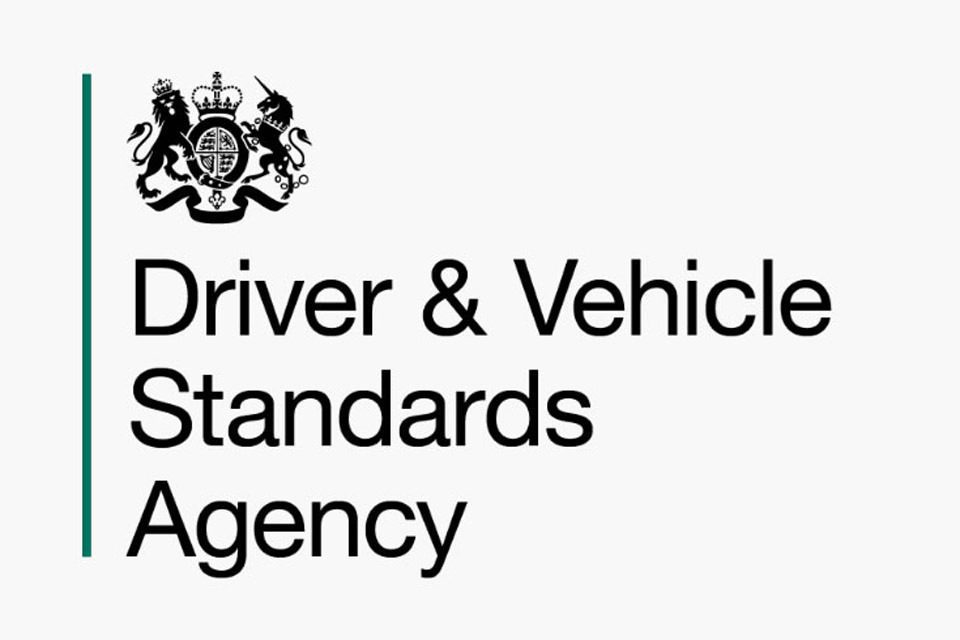
Read more about P plates from the DVSA
History of P Plates in the UK
The concept of P plates is relatively recent compared to L plates. While L plates have been a legal requirement for many decades, P plates were introduced to provide additional support for new drivers who had just passed their driving test.
P plates were first introduced in the UK in the 1980s as part of efforts to improve road safety and support new drivers.
The idea was to provide a transitional period during which newly qualified drivers could continue to gain experience and confidence without the immediate pressure of being treated as fully experienced drivers.
Initially, the use of P plates was not widely adopted, as many new drivers felt confident enough to drive without them.
However, over time, the benefits of P plates became more recognised, and their use has become more common.
Today, many new drivers choose to display P plates for the first few months after passing their test, as it provides an extra layer of security and reassurance.
Who Can Use P Plates?
P plates can be used by any driver who has recently passed their driving test. There are no specific legal requirements or restrictions on who can display P plates, and their use is entirely voluntary.
However, they are most commonly used by new drivers who have just obtained their full driving licence and are still getting used to driving independently.
Drivers can display P plates for as long as they feel necessary. Some may choose to use them for a few weeks, while others may keep them on their vehicle for several months.
The decision is entirely personal and depends on the individual driver’s confidence and comfort level on the road.
While P plates are not a legal requirement, they can provide significant benefits for new drivers.
By signalling to other road users that they are still gaining experience, new drivers may find that other drivers are more patient and understanding, which can help reduce stress and anxiety during the early stages of independent driving.
Why are L Plates and P Plates Important?
Safety Benefits
L plates and P plates play a crucial role in enhancing road safety. The most significant safety benefit of these plates is that they signal to other road users that the driver is either a learner or newly qualified.
This awareness encourages more considerate and cautious behaviour from other drivers, which can help prevent accidents.
For learner drivers, displaying L plates ensures that other drivers are more likely to give them extra space and time, reducing the likelihood of collisions caused by impatience or misunderstanding.
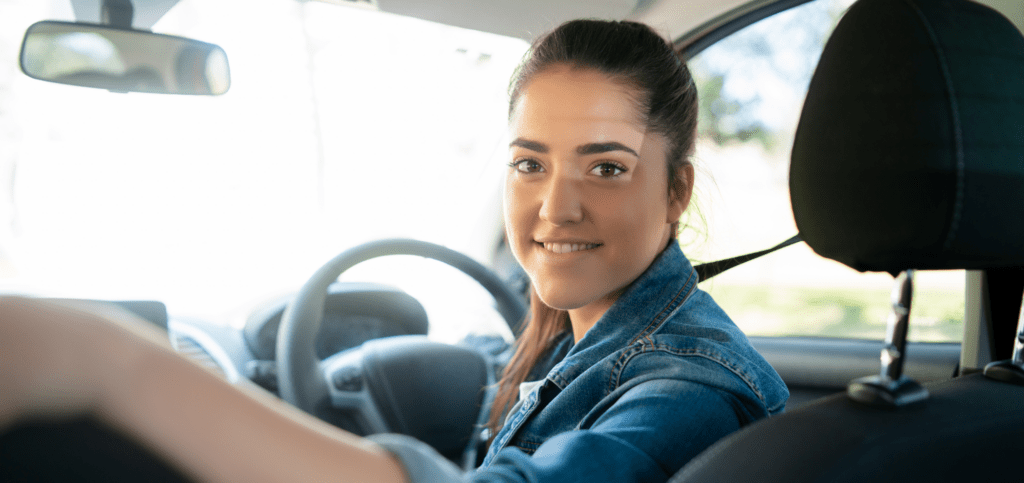
Similarly, P plates help newly qualified drivers by informing others that the driver may still be adjusting to driving independently.
This can lead to a safer driving environment as other road users may exercise greater patience and understanding.
Furthermore, both types of plates remind the learner or new driver themselves to remain cautious and vigilant.
Knowing that they are visibly marked can encourage more careful driving habits, contributing to overall road safety.
Legal Requirements
L plates are a legal requirement for anyone driving on a provisional licence in the UK. The law mandates that these plates must be displayed on the front and back of the vehicle when a learner driver is at the wheel.
Failure to display L plates correctly can result in fines and penalty points on the provisional licence.

This requirement is designed to ensure that other road users are aware of the learner driver’s status, allowing them to act accordingly to maintain safety.
P plates, while not legally required, are strongly recommended for new drivers who have recently passed their test.
Although there are no legal penalties for not using P plates, their use is encouraged by many driving instructors and safety organisations.
The voluntary nature of P plates allows new drivers to use their discretion, but the overarching goal remains the same: to promote safety and confidence on the roads.
Enhancing Driver Confidence
One of the key benefits of both L plates and P plates is their impact on driver confidence. For learner drivers, L plates serve as a reminder to themselves and to others that they are in the learning phase.
This can help reduce the pressure they might feel from other road users, allowing them to focus on developing their driving skills without the added stress of meeting the expectations of more experienced drivers.
P plates offer a similar benefit for newly qualified drivers. Passing the driving test is a significant achievement, but it does not mark the end of the learning process.
P plates provide a buffer period where new drivers can continue to build their confidence and experience.

Knowing that other drivers are aware of their recent qualification can help reduce anxiety and foster a more positive driving experience.
Displaying P plates can also help new drivers feel more comfortable taking on new driving challenges, such as navigating unfamiliar routes or driving in adverse weather conditions.
The plates act as a signal to others that the driver might need a bit more time and patience, which can be incredibly reassuring during the early stages of independent driving.
Risk of Not Having an L Plate
Legal Consequences
Failing to display L plates when required can lead to serious legal consequences. In the UK, it is illegal for learner drivers to drive without the proper display of L plates.
If caught driving without L plates, a learner driver can face fines and 6 penalty points on their provisional licence.

Accumulating 6 penalty points on a provisional licence can delay the process of obtaining a full driving licence, as the driver may need to wait longer before being allowed to take the driving test.
Moreover, driving without L plates can invalidate the learner driver’s insurance, which could lead to even more severe legal repercussions if an accident occurs.
The learner driver could be held personally liable for any damages or injuries, resulting in substantial financial and legal burdens.
Safety Risks
The absence of L plates on a learner’s vehicle poses significant safety risks. Without the clear indication that the driver is still learning, other road users might not exercise the necessary caution and patience.
This can lead to dangerous situations, as learner drivers are more likely to make mistakes or drive at slower speeds than experienced drivers.
Other drivers may not anticipate sudden stops, hesitations, or slower driving from a learner, increasing the risk of rear-end collisions and other types of accidents.
By displaying L plates, the learner driver helps to create a safer driving environment by informing others of their learning status, prompting more considerate behaviour on the road.
Impact on Insurance
Insurance companies require learner drivers to display L plates as part of their policy conditions.
Driving without L plates can lead to the invalidation of insurance coverage, meaning that if the learner driver is involved in an accident, they may not be covered for any damages or injuries.
This can result in substantial out-of-pocket expenses and potential legal action from third parties.
Additionally, not displaying L plates can affect future insurance premiums. If a learner driver is caught driving without L plates and incurs penalty points or fines, this information is recorded on their driving history.
When they apply for insurance in the future, insurers will take this into account, often resulting in higher premiums due to the perceived increased risk associated with the driver’s record.
The use of L plates and P plates is therefore essential not only for complying with legal requirements but also for promoting safety and confidence among new and learner drivers.
The clear signalling provided by these plates helps to create a safer and more understanding driving environment, benefiting all road users.
How Many L Plates Do I Need on My Car?
Minimum Requirements
In the UK, the law stipulates that learner drivers must display a minimum of two L plates on their vehicle.
These plates must be positioned so that they are clearly visible to other road users from both the front and the back of the car.
This visibility ensures that other drivers are aware that the person behind the wheel is still in the process of learning to drive, prompting them to exercise caution and patience.
Front and Rear Placement
The legal requirement is to place one L plate on the front of the vehicle and one on the rear. The front L plate should be positioned where it can be easily seen by oncoming traffic and pedestrians, typically on the grille or bumper.
The rear L plate should be affixed in a position where it is clearly visible to drivers behind the vehicle, usually on the boot or rear bumper.
Ensuring that the L plates are securely fastened and do not become dislodged while driving is essential. Loose or poorly attached plates can fall off or become obscured, resulting in a potential breach of legal requirements.
Using magnetic plates or those that can be affixed with adhesive strips is a common and effective method to secure them.
Variations for Different Vehicles
Different types of vehicles may require different approaches to displaying L plates.
For example, on motorcycles and mopeds, the L plates must be attached in a similar fashion to ensure they are visible from both the front and rear.
The front plate is often attached to the headlight or the front of the frame, while the rear plate is typically affixed to the back of the bike, near the rear light or licence plate.
For larger vehicles such as vans, it is crucial to ensure that the L plates are placed where they can be seen despite the vehicle’s size.
This might mean positioning the plates higher or ensuring they are not obstructed by parts of the vehicle or any cargo being transported.
In all cases, the fundamental principle is that the L plates must be clearly visible from a reasonable distance, allowing other road users ample notice that the driver is a learner.
Where Should You Put L Plates?
Legal Placement Guidelines
The legal placement guidelines for L plates in the UK are straightforward. The plates must be displayed at both the front and rear of the vehicle and must be clearly visible from a distance.
They should be placed on flat surfaces where they can be securely attached and where they will not be easily obscured by dirt, damage, or other vehicle features.
The plates must be of the correct size and design, featuring a red ‘L’ on a white background, and should not be altered or customised in any way that makes them less recognisable or visible.
Visibility and Safety
Ensuring the visibility and safety of L plates is crucial. The plates should be placed in locations where they can be easily seen by other road users.
For the front L plate, this typically means placing it on the bumper or grille, avoiding areas that might be obstructed by dirt or grime from the road.
The rear L plate should be placed on the boot or rear bumper, ensuring it is not blocked by the vehicle’s design or by any items being carried.
In addition to legal requirements, considering the practical aspects of visibility can enhance safety.
Plates should be checked regularly to ensure they remain clean and securely attached. In poor weather conditions, such as heavy rain or snow, additional checks may be necessary to ensure the plates are still visible.
Common Mistakes in Placement
There are several common mistakes that learner drivers make when placing L plates.
One frequent error is positioning the plates in locations where they are not easily visible, such as too low on the bumper or in areas that can be obscured by mud or dirt.
Another mistake is failing to secure the plates properly, which can result in them falling off during the journey.
Some drivers also mistakenly believe that only one L plate is required, or they might place both plates on the front or both on the rear, which does not meet legal requirements.
Ensuring that one plate is placed at the front and one at the rear, both clearly visible, is essential for compliance and safety.
It is also important to avoid placing L plates behind tinted windows or other transparent but darkened surfaces, as this can significantly reduce their visibility.
Additionally, using plates that are damaged, faded, or incorrectly sized can lead to legal and safety issues.
By following these guidelines and avoiding common mistakes, learner drivers can ensure that their L plates are both legally compliant and effective in signalling their learning status to other road users, thereby enhancing overall road safety.
Where to Buy L Plates?
High Street Retailers
High street retailers are a convenient option for purchasing L plates. Stores that specialise in automotive supplies, such as Halfords and major supermarkets with car accessory sections, often stock L plates.
These retailers offer the advantage of allowing you to see the product in person before purchasing, ensuring you get the correct size and design.
Many petrol stations and local convenience stores also carry L plates, providing a quick and easy option if you need them urgently.
The prices in high street retailers can vary, but they are generally competitive, and you can often find deals or discounts, especially in larger stores.
Online Stores
Purchasing L plates from online stores is another popular and often more convenient option. Websites like Amazon, eBay, and dedicated automotive accessory sites offer a wide range of L plates.
Online shopping allows you to compare different brands, read reviews from other customers, and often find better deals or bulk purchase options.
When buying L plates online, ensure that the seller is reputable and that the product meets UK legal requirements.
Checking for customer reviews and product ratings can help you make an informed decision. Additionally, many online stores offer fast shipping options, so you can receive your L plates quickly, even if you need them at short notice.
Quality and Price Comparison
When comparing quality and price, it is essential to consider both the material and the visibility of the L plates.
High-quality L plates are typically made from durable materials that can withstand various weather conditions without fading or falling off.
Magnetic L plates and those with strong adhesive backing are popular for their ease of application and secure fit.
In terms of price, L plates can range from a few pounds for basic models to slightly higher for premium versions with added features like extra durability or reflectiveness.
While it might be tempting to opt for the cheapest option, investing in higher-quality L plates can ensure they last longer and remain visible and secure, which is crucial for safety and legal compliance.
Driving with L Plates When You’re Not a Learner
Legal Implications
Driving with L plates when you are no longer a learner driver can lead to legal implications. In the UK, L plates are specifically designated for learner drivers who hold a provisional licence and are being supervised by a qualified driver.
Once you pass your driving test and obtain a full driving licence, the use of L plates is no longer appropriate or legal.
Continuing to display L plates when you have a full licence can confuse other road users and may suggest that you are not adhering to road regulations.
Law enforcement officers are also trained to recognise the correct use of L plates, and misuse can lead to being stopped and questioned about your licence status.
Penalties and Fines
If you are found driving with L plates while holding a full driving licence, you could face penalties and fines.
Misusing L plates is considered a motoring offence. The exact penalties can vary, but they may include fines and potentially points on your driving licence. In some cases, you could also be required to attend a court hearing.
The primary reason for these penalties is to maintain clarity and safety on the roads.
L plates signal to other drivers that the person behind the wheel is still learning, and misusing them undermines this system.
It is crucial to remove or cover your L plates as soon as you pass your driving test to avoid any legal issues.
How to Remove or Cover L Plates
Once you have passed your driving test and no longer need to display L plates, it is important to remove or cover them promptly.
If you have magnetic L plates, simply take them off the vehicle and store them safely for future use, if needed.
If the L plates are attached with adhesive, carefully peel them off to avoid damaging the vehicle’s paintwork.
In some cases, you might have L plates that are difficult to remove or you need to temporarily cover them.
Use an opaque cover that completely obscures the L plate or place another object over it that can be securely fastened and will not fall off while driving.
Ensuring that L plates are fully removed or covered is essential to comply with legal requirements and to avoid confusing other road users.
How Long Can You Keep P Plates on Your Car?
Recommended Duration
There is no strict rule on how long you can keep P plates on your car. The recommended duration for displaying P plates is typically between three to six months after passing your driving test.
This period allows new drivers to gain additional confidence and experience on the roads while indicating to other drivers that they may still be adjusting to driving independently.
Some drivers may feel comfortable removing their P plates sooner, while others might prefer to keep them on for longer, especially if they encounter challenging driving conditions or environments they are not yet comfortable with.
Legal Guidelines
Unlike L plates, there are no specific legal guidelines dictating the use of P plates. Their use is entirely voluntary and is intended to benefit the new driver.
You can choose to display P plates for as long as you feel necessary. The absence of legal requirements means there are no penalties for either using or not using P plates once you have passed your driving test.
However, the general recommendation from driving instructors and road safety organisations is to use P plates during the initial months of driving independently to help manage the transition from learner to experienced driver smoothly.
Transitioning to Full Licensure
Transitioning to full licensure is an important milestone for any new driver. While P plates provide a helpful buffer period, the ultimate goal is to drive confidently without the need for any plates indicating your recent qualification.
As you gain more experience and become more comfortable driving in various conditions, you can gradually transition away from using P plates.
Consider removing the P plates once you feel confident in your ability to handle different driving scenarios, such as heavy traffic, night driving, and adverse weather conditions.
This transition marks your progression to becoming a fully independent driver who can navigate the roads with confidence and competence.
Additional Tips for Learner Drivers
Preparing for the Theory Test
Preparing for the theory test is an essential step in becoming a competent and knowledgeable driver.
The theory test consists of two parts: multiple-choice questions and the hazard perception test. Here are some tips to help you prepare effectively:
-
Study the Highway Code: The Highway Code is the foundation of the theory test. Ensure you understand all the rules, signs, and signals. There are many online resources and apps that provide interactive versions of the Highway Code.
-
Use Official Study Materials: The DVSA offers official theory test kits that include practice questions and hazard perception clips. These materials are designed to reflect the actual test content closely.
-
Practice Regularly: Consistent practice is key. Take as many mock tests as possible to familiarise yourself with the format and types of questions you will encounter. Online practice tests can provide a good simulation of the real test.
-
Understand Hazard Perception: For the hazard perception part, practice recognising and reacting to potential hazards. There are online tools and DVDs available that simulate this part of the test.
-
Set a Study Schedule: Allocate regular time slots for studying and stick to them. Breaking your study sessions into manageable chunks can help retain information better.
-
Stay Calm and Confident: On the day of the test, ensure you have a good night’s sleep and arrive at the test centre with time to spare. Staying calm and confident will help you perform better.
Booking and Preparing for the Practical Test
Booking and preparing for the practical test is another crucial phase in your journey to becoming a licensed driver. Here are some tips to help you succeed:
-
Choose the Right Time: Book your test at a time when you feel most alert and confident. Mid-morning or early afternoon slots can be ideal for many people.
-
Familiarise Yourself with the Test Routes: Knowing the local test routes can give you a significant advantage. Practice driving on these routes to become comfortable with the specific challenges they present.
-
Practice Manoeuvres: Ensure you are proficient in all the required manoeuvres, such as parallel parking, reversing around a corner, and emergency stops. Your driving instructor can provide guidance and help you perfect these skills.
-
Mock Tests: Take a few mock tests with your instructor. These tests can help you get accustomed to the test format and identify areas where you need improvement.
-
Stay Calm and Focused: On the day of the test, try to stay calm and focused. Remember that the examiner is there to assess your driving skills, not to trick you. Breathe deeply and concentrate on driving safely.
-
Vehicle Check: Ensure the vehicle you use for the test is roadworthy and meets all legal requirements. It should be clean, in good condition, and have L plates displayed if you are using a car.
Finding a Driving Instructor
Finding a driving instructor who suits your learning style and needs is vital for a successful learning experience. Here are some tips for choosing the right instructor:
-
Check Qualifications: Ensure your instructor is a fully qualified Approved Driving Instructor (ADI) or a trainee instructor with a valid licence. You can check this by looking for the green badge (for fully qualified ADIs) or pink badge (for trainee instructors) displayed in their car.
-
Ask for Recommendations: Personal recommendations from friends or family can be invaluable. They can provide insights into the instructor’s teaching style and effectiveness.
-
Read Reviews: Online reviews can help you gauge the reputation of different driving instructors or schools. Look for consistently positive feedback regarding punctuality, teaching methods, and pass rates.
-
Assess Their Teaching Style: Arrange a trial lesson to see if the instructor’s teaching style suits you. A good instructor should be patient, clear in their instructions, and supportive.
-
Compare Prices: While cost should not be the only factor, it is important to find an instructor whose rates are within your budget. Some instructors offer discounts for block bookings.
-
Check Availability: Ensure the instructor has availability that matches your schedule. Consistent lessons are crucial for steady progress.
-
Communication: Choose an instructor with whom you feel comfortable communicating. Clear and open communication is essential for effective learning and progress.
By carefully preparing for both the theory and practical tests and selecting the right driving instructor, learner drivers can set themselves up for success and build a strong foundation for safe and confident driving.
Frequently asked questions
L plates are learner plates that must be displayed by anyone driving on a provisional licence in the UK.
They consist of a red ‘L’ on a white background and indicate that the driver is still learning. Learner drivers of cars, motorcycles, and mopeds must use L plates.
P plates (probationary plates) are used by newly qualified drivers to indicate that they have recently passed their driving test.
The green ‘P’ on a white background signals to other road users that the driver is still gaining confidence and experience on the road.
In the UK, you must display at least two L plates on your vehicle—one on the front and one on the rear—so they are visible to other road users from both directions.
No, once you have a full driving licence, you should remove or cover your L plates.
Driving with L plates when you are not a learner can lead to legal implications, including fines and penalties
No, using P plates is voluntary. They are recommended to help new drivers feel more comfortable on the road, but there are no legal requirements to display them.
There is no set duration for using P plates. It is generally recommended to display them for three to six months after passing your driving test, or until you feel confident driving without them.
Failing to display L plates as a learner driver can result in:
- Fines
- Penalty points on your provisional licence
- Potential invalidation of your insurance
Which can lead to severe financial and legal consequences.
If your L plates fall off, you should stop safely as soon as possible and reattach them. It’s essential to ensure they are securely fastened to avoid this situation. Using magnetic plates or strong adhesive can help.
No, L plates must meet specific legal requirements, including a standard size and the design of a red ‘L’ on a white background. Customised L plates that deviate from this standard are not permitted and can result in fines or penalties.


